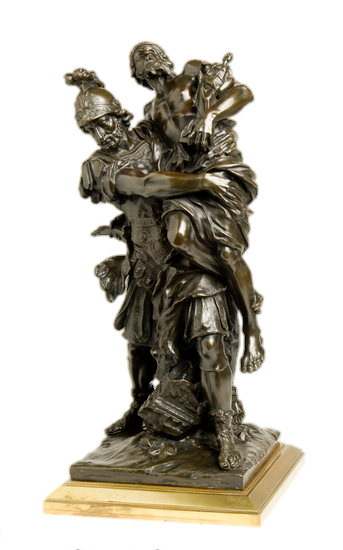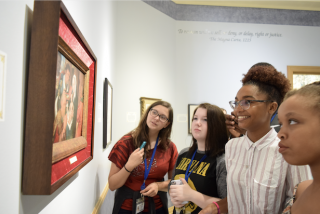-
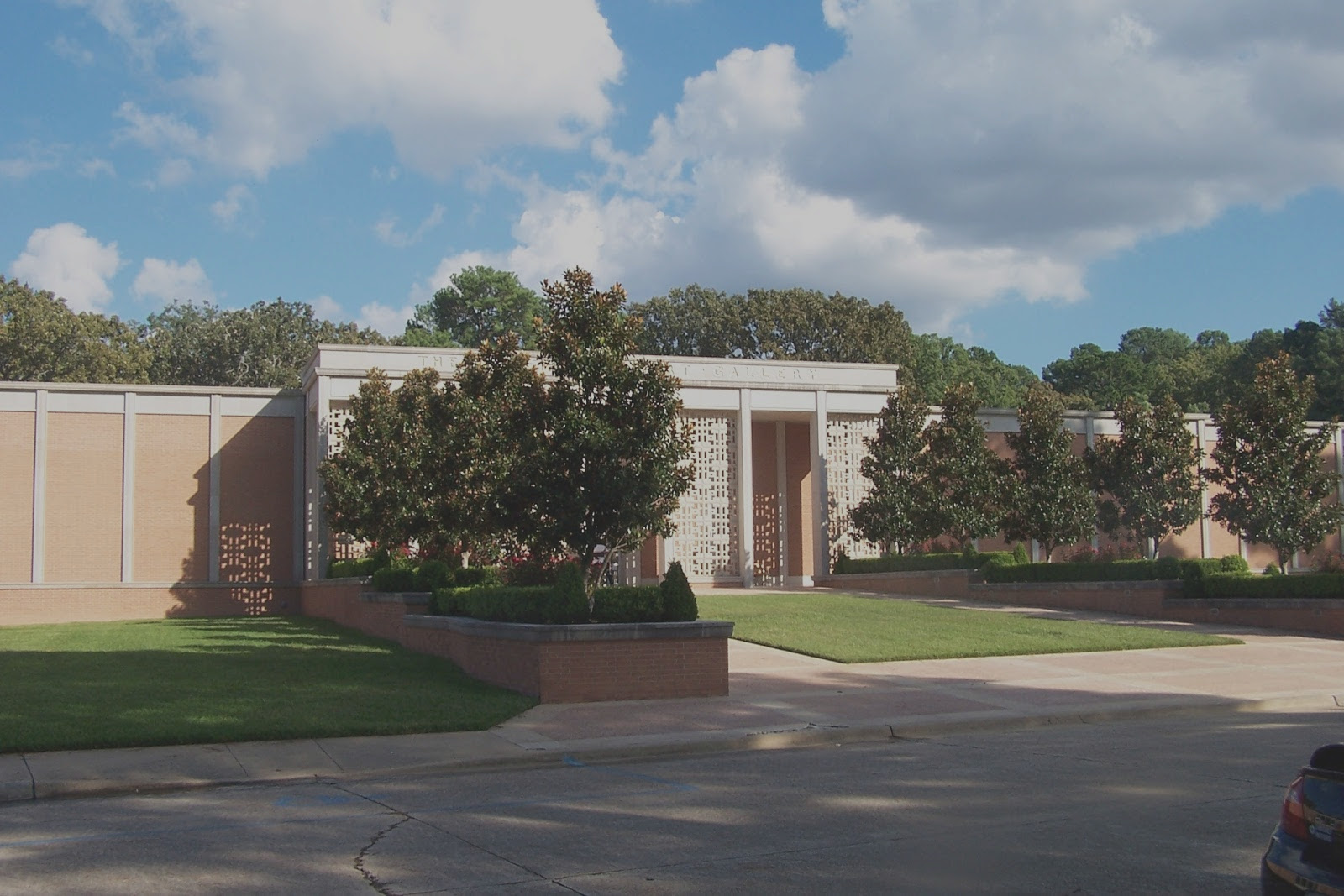

Welcome to the R.W. Norton Art Gallery
-
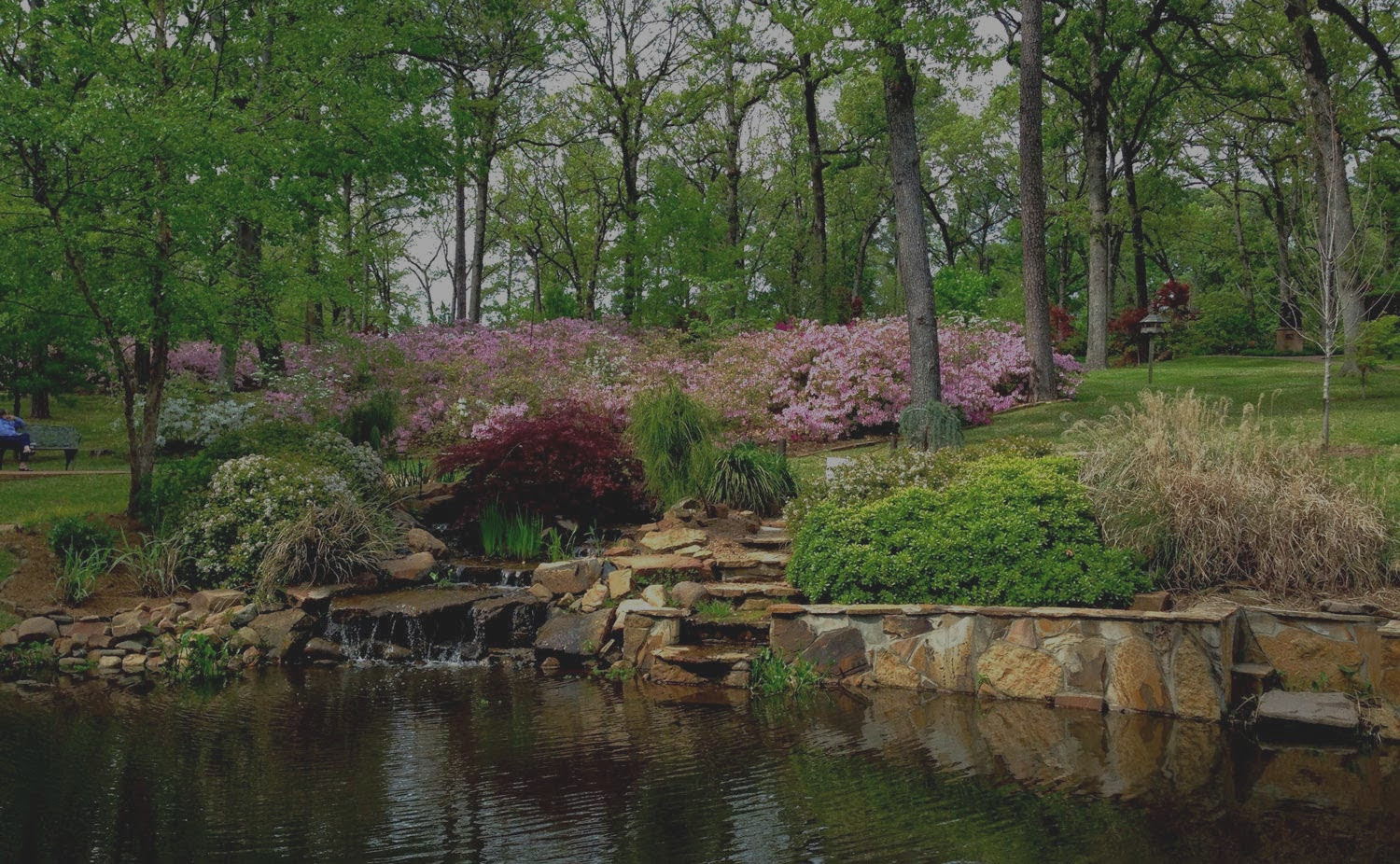

BOTANICAL GARDENS
"I would like to paint the way a bird sings" - Claude Monet
-
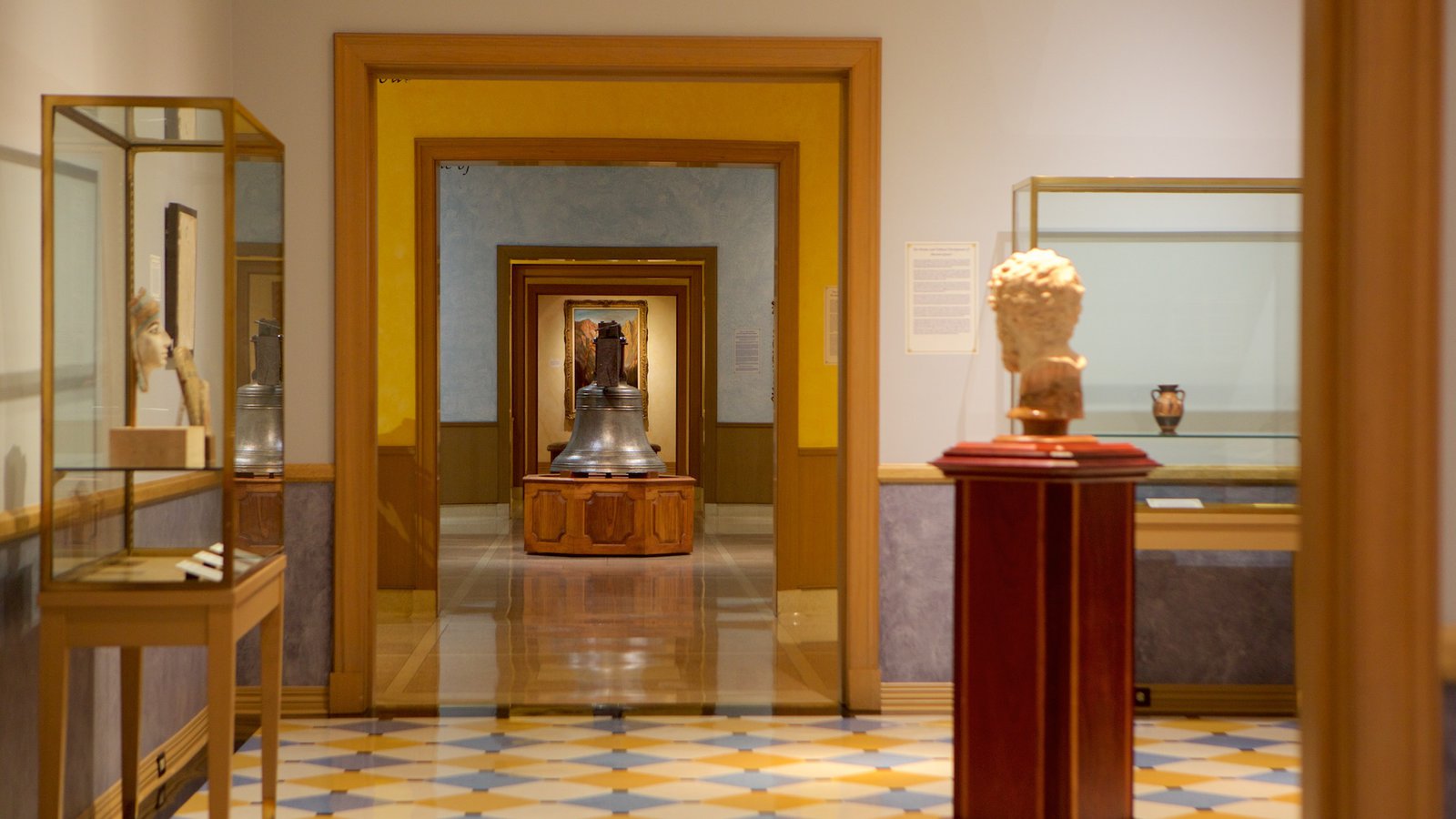

Museum
"Art is not what you see, it is what you make others see" - Edgar Degas
Welcome To Our Museum
About the Museum
Current hours of operation:
Monday through Wednesday: CLOSED
Thursday - Sunday: 1:00-5:00 PM
Holiday Hours:
Thanksgiving and Black Friday: CLOSED
Christmas Eve and Christmas Day: CLOSED
New Years Day: CLOSED
Easter: CLOSED
No reservations or tickets are required and admission is free.
If you have any questions, please contact info@rwnaf.org or call (318) 865-4201.
Request a Tour:
Group tours are available on Thursdays and Fridays from 1:00 - 3:30 pm.
To request a guided tour for an adult group, please email info@rwnaf.org.
Norton Botanical Gardens Hours
Wednesday - Sunday from sunrise to sunset
None of the above restrictions apply to the garden area west of Creswell Ave. or the “island” in front of the museum’s main entrance, both of which will be open dawn until dusk, year round.
No photography or videography, private or commercial, is allowed inside the museum or on the grounds with the exception of school-affiliated educational photography classes which have made advance appointments.
Weddings and private events are NOT allowed on the property.
CLICK HERE TO SIGN-UP FOR OUR
MONTHLY NEWSLETTER
About Our Museum
On View at the Museum
The R.W. Norton Art Gallery boasts an extensive permanent collection that includes more than 400 paintings and a plethora of sculptures representing over 100 artists. Our collection represents a wide variety of styles, time periods, and historical importance.
Collection Highlights

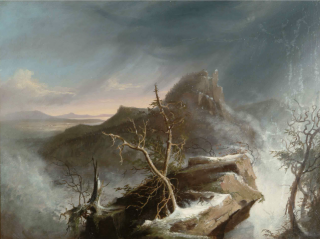
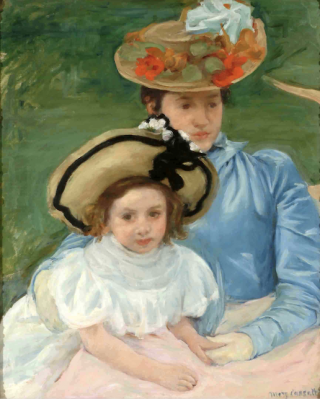
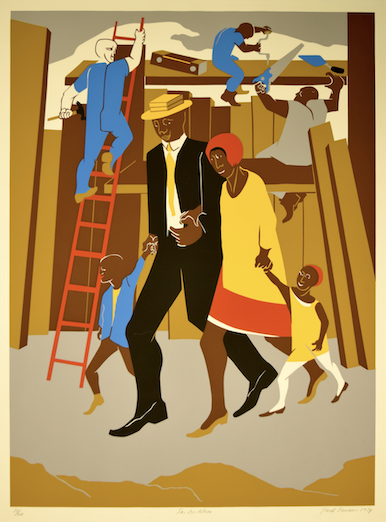
Fragelina by Attilio Piccirilli (1866-1945) Marble, c. 1923
Attilio Piccirilli was born in Massa di Carrera, Italy to Giuseppe Piccirilli (1844 – 1910), a well-known stone carver. The elder Piccirilli immigrated to New York in 1888, bringing his 6 sons along with him. All trained as marble cutters and carvers, they became the famous Piccirilli Brothers, responsible for carving many major public monuments, including the massive sculpture of a seated Abraham Lincoln designed by Daniel Chester French for the Lincoln Memorial in Washington, D.C. Attilio created some of the most notable New York architectural sculptures, including Patience and Fortitude (the two lions that flank the entrance to the New York Main City Library).
The Snow Squall by Thomas Cole (1801-1848) Oil, 1825
An immigrant who arrived in America at the age of 17, Thomas Cole’s only art training was in making panels for wallpaper, yet he became the “father” of the first great American art movement, the Hudson River School. These works presented an expansive landscape evoking the grandeur of God via the careful selection of particular perfected landscape elements. A “Renaissance man”, Cole was a poet and philosopher as well as an influential artist and his early death was a tragedy.
Mother and Daughter Both Wearing Large Hats by Mary Cassatt (1844-1926) Oil on canvas, unknown date
Born in America to a wealthy Pennsylvania family, Mary Cassatt moved to Paris as a student, swiftly finding success at the Paris Salon. An introduction to artist Edgar Degas changed the direction of her own art and she became one of several women associated with the Impressionist movement. She lived the majority of her life in France, becoming well known for her fine draftsmanship, vivid palette, and a lack of sentimentality, and is considered one of the original French Impressionists.
The Builders by Jacob Lawrence (1917 - 2000) Screenprint on paper, 1974
Inspired by Harlem Renaissance artists Augusta Savage and Charles Alston, Jacob Lawrence illustrated African-American history through colorful and diligently researched narrative paintings. His subjects included a series on prominent figures in the struggle for Black liberation, such as Harriet Tubman, while his “The Great Migration” chronicled the Depression-era flight of African Americans from the impoverished rural south to northern cities. Comprising 60 works executed simultaneously and with unifying color schemes and visual motifs, his “Builder” series featured paintings, drawings, and prints that communicate the artist’s belief in the possibility of creating a better world through skill, ingenuity, hard work, and collaboration.
When WWII ended, the United States was in better economic condition than any other country in the world. Even the 300,000 American combat deaths paled in comparison to any other major national belligerent. Capitalizing on this fiscal boom allowed America to become more affluent in the postwar years than most Americans could have possibly imagined before or during the conflict. Public policies, such as the Serviceman’s Readjustment Act of 1944 (G.I. Bill), which provided money for veterans to attend college, purchase homes, and buy farms, allowed an unprecedented explosion of middle- class growth and opportunities. Their impact on American today is incalculable.

